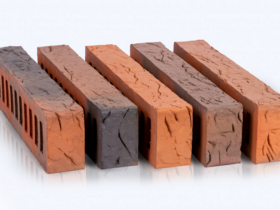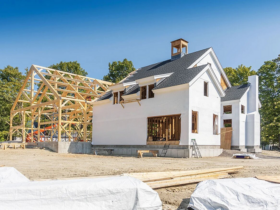Modern baths are made from several materials, each of which has its own characteristics.
Cast iron baths. The most common material known since Soviet times. Cast iron is very durable and durable material. The enamel that it is covered is resistant to scratches and damage. Cast iron baths retain heat for a very long time, the temperature of the water in them decreases slowly, which turns the process of washing into a pleasant lesson. Two disadvantages of such models compared to more modern ones-their fairly large weight (100-150 kg) and a small selection of forms and design.
Acrylic baths. A very popular type of bathtub, as they combine several characteristics in demand by consumers at once: a wide variety of sizes, shapes and colors, optimal price category, low weight. The plastic from which they are produced can be absolutely any shape, and this moment is important for the buyer from an aesthetic point of view. Acrylic models are rectangular, round, oval, corner baths. They are convenient and uncomplicated in installation, have low thermal conductivity, are easily subject to independent repair in case of slight damage (scratches) with a special polish. When buying an acrylic bath, remember that you need to purchase a stand for it in the kit.
Steel baths. Like acrylic models, differ in a variety of shapes and small weight (about 30 kg), as well as a fairly low price. But steel baths also have some disadvantages. Due to the small weight, the structure is not very stable, and during installation, additional strengthening elements will have to be used. In addition, they have high thermal conductivity and cool quite quickly, and also a tangible noise is published during the supply of water. This model is well suited as a summer or temporary option.








